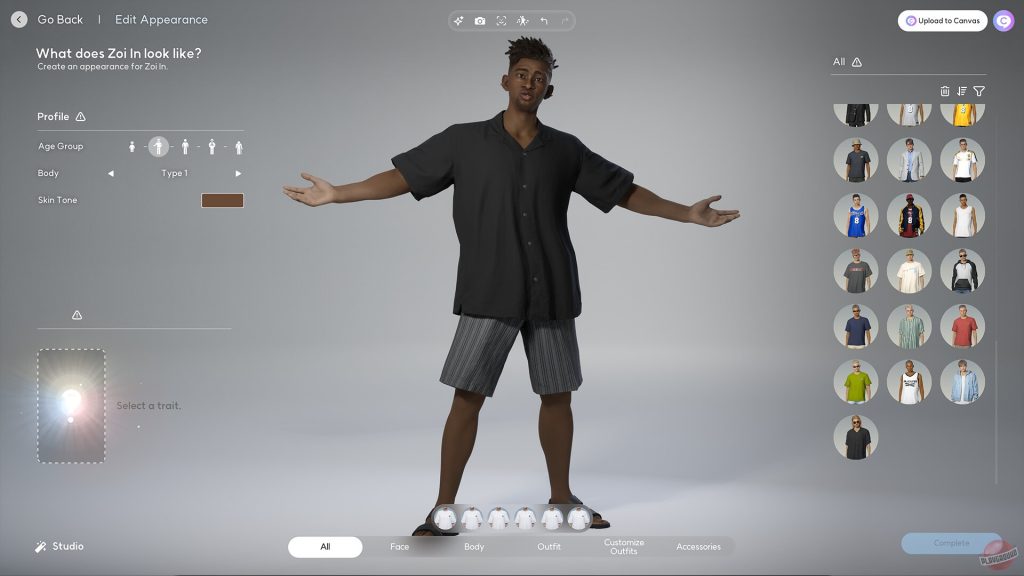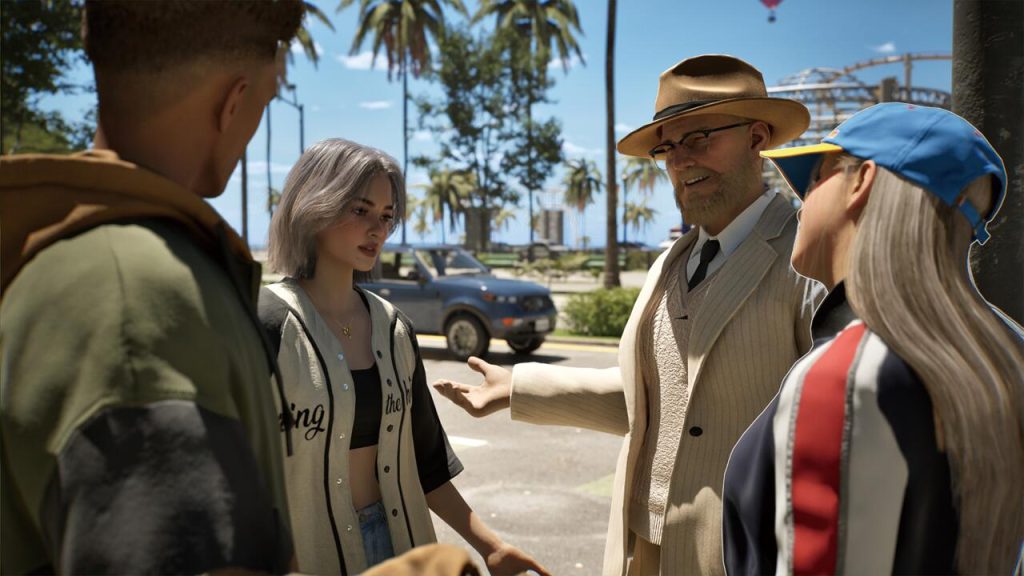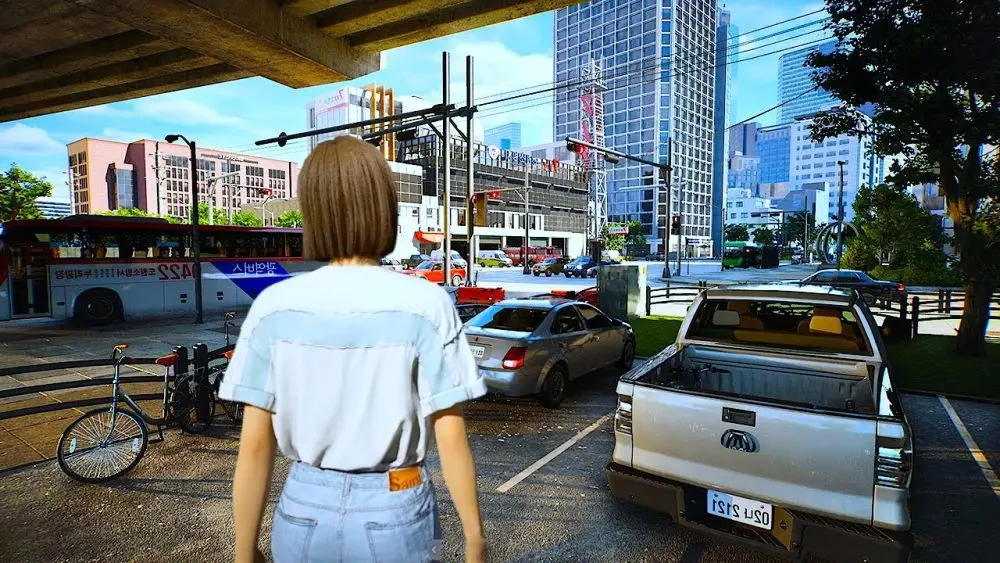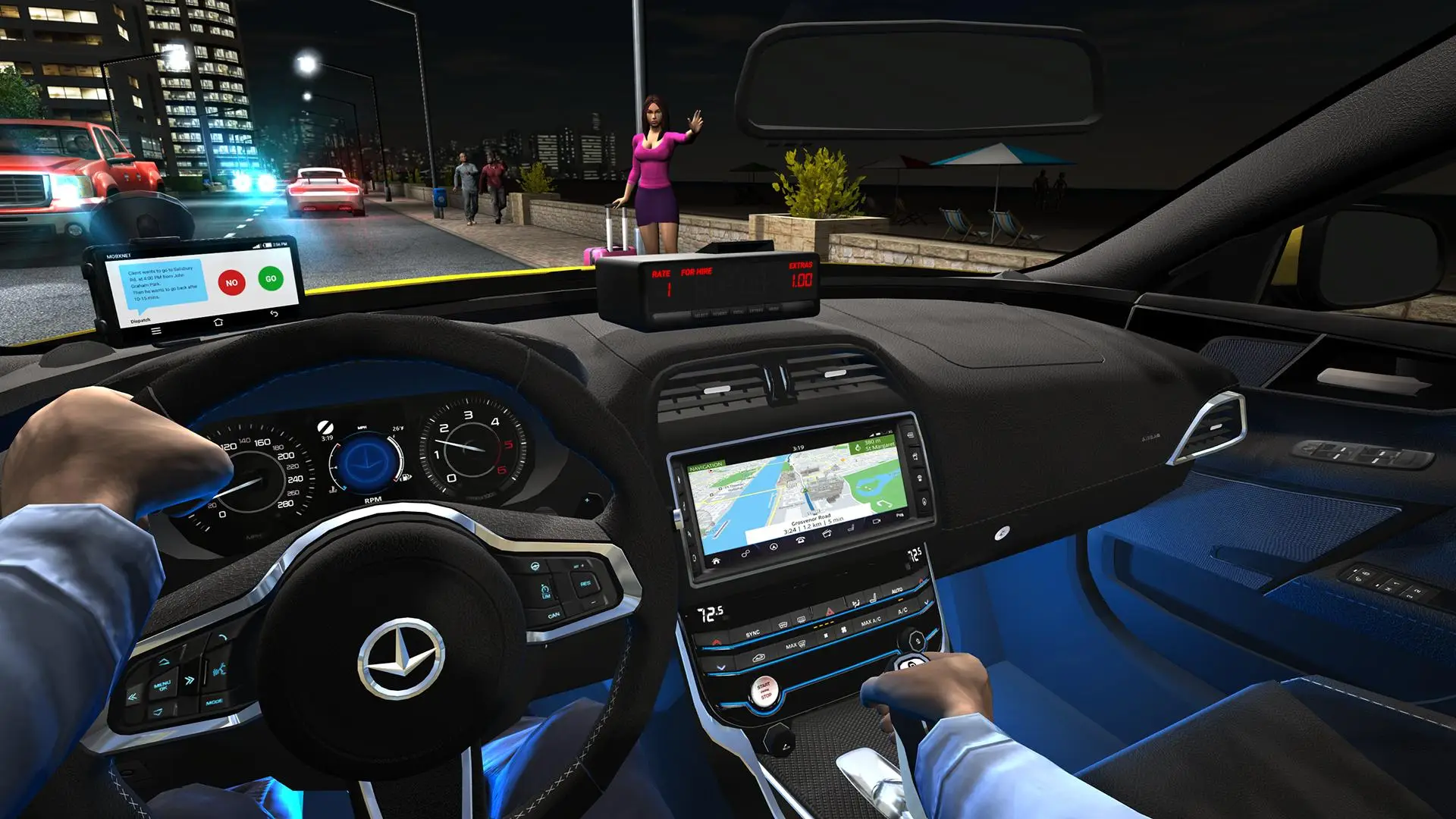The visually ambitious inZOI simulator has set new standards in the genre of sandbox games. Unlike the classical representatives of the trend, the platform integrates elements of procedural animation, personalized AI and a photorealistic environment. The behavior model of the characters no longer depends on the set patterns — emotions, reactions and gestures are subject to an individual scenario. This approach has created increased technical demands, and before launching, it is important to understand what system requirements inZOI imposes on PCs, how engine features affect performance, and what has changed compared to the usual life simulators.
The inZOI graphics engine is based on Unreal Engine 5, with a focus on Nanite and Lumen technologies. Both platforms require significant resources, especially for light and shadow rendering, which affects ray tracing, global illumination, and material simulation.

Minimum configuration (for running on medium-low settings):
Recommended configuration (for stable gameplay at 60+ FPS):
Maximum settings (cinematic quality + RTX ON):
 The title uses a local renderer with constant updates of NPC behavior based on emotions, history, and the current environment. AI conducts up to 2500 parallel parameters of interactions in real time. This amount of calculations puts a strain on RAM and processor, especially when multitasking. The game does not cache behavior in the background — each event is simulated on the fly, taking into account previously made decisions.
The title uses a local renderer with constant updates of NPC behavior based on emotions, history, and the current environment. AI conducts up to 2500 parallel parameters of interactions in real time. This amount of calculations puts a strain on RAM and processor, especially when multitasking. The game does not cache behavior in the background — each event is simulated on the fly, taking into account previously made decisions.
Background simulation of the outside world (weather, economic dynamics, NPC training) creates a secondary load. Even in single-player mode, the game requires a connection to the developer’s servers to update logic patches. inZOI’s system requirements do not allow for HDD startup, as delayed data access disrupts animation scripts and leads to critical failures.
The main burden is created by the object behavior tracing technology in Lumen. All light sources cast physically accurate shadows in real time, including when the character is moving. Even reflections on windows and puddles are calculated on the fly, and the materials of objects (glass, fabric, leather) use an individual lighting model.
Each time the player interacts with the environment, the engine runs a space warp script, adapting the lighting to the current camera position. This increases the load on the video memory and requires at least 12 GB from the GPU. DLSS 3 support allows you to partially compensate for the load, but only if you have NVIDIA RTX 30 series and higher graphics cards.
The platform uses a hybrid model — the client side visualizes what is happening, and the server side manages the life of NPCs, updating quests and generating new scenarios. Connecting to servers is mandatory even in offline mode, as the behavior modules are stored in the database. Failure to synchronize disables some of the mechanics, including working with professions, route editor, and advanced dialogues.
inZOI’s system requirements depend not only on hardware, but also on network stability. With high latency, behavioral out-of-sync and emotional rollbacks of characters occur. The developer recommends connecting via a wired channel with a ping of no more than 30 ms.
When working in the editor of houses and public buildings, the load on the system increases many times. The mechanics of construction use GPU acceleration in real time. Each movement of an object causes a recalculation of NPC routes, lighting, soundscape, and visibility through walls. Even the choice of texture affects the cost of resources — soft materials banish the simulation of contact with the character’s body, while glass requires visual transparency with physical distortion.
The developers have implemented a built-in behavior logic editor that allows the community to create custom scenarios, professions, and even custom neighborhoods. Extensions are loaded in the background, which requires RAM reserves. When working with mods, the configuration should include at least 32 GB of RAM and an NVMe SSD to avoid crashes.
The greatest load is created by:
global illumination and reflection tracing (Lumen);
immersive AI with 1000+ behavior parameters;
animation scripts and object collisions;
online NPC synchronization in the shared world;

real-time rendering of emotions and facial microexpressions;
behavior-based audio generation.
 inZOI has formed a new category within the genre of life-sim — emotional interactive architecture. The technological base turned out to be comparable to AAA games and professional behavior simulators. Each element, from the texture of the floor to the phrase in the dialog, starts a chain of processes that depend on the system’s power and connection stability. Before launching inZOI, it is important to study the system requirements, check the compliance with the video card, processor and memory size. The prepared software will provide a comfortable immersion into the complex and unpredictable reality of a virtual city.
inZOI has formed a new category within the genre of life-sim — emotional interactive architecture. The technological base turned out to be comparable to AAA games and professional behavior simulators. Each element, from the texture of the floor to the phrase in the dialog, starts a chain of processes that depend on the system’s power and connection stability. Before launching inZOI, it is important to study the system requirements, check the compliance with the video card, processor and memory size. The prepared software will provide a comfortable immersion into the complex and unpredictable reality of a virtual city.

Simulators have confidently moved beyond the narrowly specialized genres. Today, they are not just accurate imitations of professions or systems, but full-fledged game worlds with a high degree of involvement. The genre has long become a field for experimentation, where realism, creativity, and strategic thinking are combined. The TOP 10 PC simulators provide a vivid …

Game simulators amaze the imagination with how they allow everyone to find themselves in the role of a pilot, a driver, a farmer, or even to manage the entire world. The first of them were not developed for entertainment, but for training – pilots needed to hone their skills in a safe environment. Today, such …